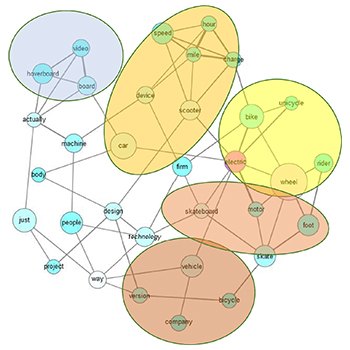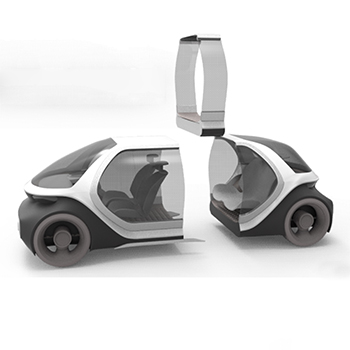Umesh Ganesh Dinde is currently working as a senior product designer at Relevel by Unacademy. He received his M.Des in Mobility Design from IDC (IIT Bombay) in 2017. Prior to that, he earned his bachelor's degree in mechanical engineering from the MCT's Rajiv Gandhi Institute of Technology. His previous work experiences are: Sales Leader, Design Engineer at Kalyani Forge (2014), Graduate Engineering Trainee at Larsen & Toubro (2014–2015), Project Intern at Samudra Shipyard (2016), UX Designer at ezDI Inc - Healthcare Solutions (2017–2019), User Experience Designer at Endurance International Group (2019), UI/UX Designer [Consultant] at DataOrb Inc. (2021), and User Experience Designer at Discovery Inc (2019–2021).




